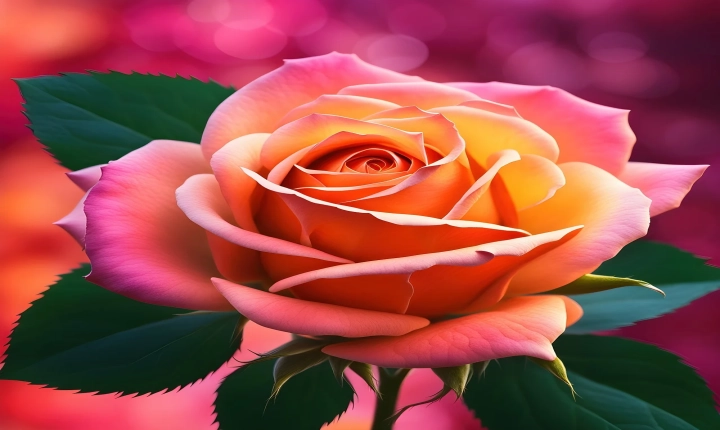AI Art: Is It Plagiarism?
Artificial intelligence (AI) has revolutionized various industries, and the field of art is no exception. With the advancements in AI technology, machines are now capable of creating art that is indistinguishable from human-made works. However, this innovation has raised a contentious debate about the ethics of AI-generated art and whether it constitutes plagiarism.
One of the main arguments against AI art is that it lacks the originality and emotional depth that human artists infuse into their work. AI systems are programmed to analyze and replicate existing artwork, resulting in pieces that can be perceived as mere imitations. Critics argue that this diminishes the value of creativity and undermines the artistic integrity of human artists.
Furthermore, AI-generated art raises questions about intellectual property and copyright laws. In cases where AI systems use pre-existing artwork as a reference to create new pieces, the issue of plagiarism becomes murkier. While AI-generated art may not technically copy the exact content of existing works, it can still evoke strong similarities that blur the line between homage and imitation.
On the other hand, proponents of AI art argue that it represents a new form of creative expression and should be embraced as a valid art form. They contend that AI algorithms are not inherently capable of experiencing the world in the same way humans do, and therefore the resulting art is fundamentally different from human-made works. Additionally, AI art has the potential to inspire new artistic possibilities and challenge traditional notions of creativity.
Moreover, some argue that AI art should be viewed as a collaboration between human artists and machines rather than a threat to human creativity. Artists can use AI as a tool to enhance their creative process, leveraging its computational power to generate novel ideas and aesthetics that may not have been achievable through traditional means.
In response to the ethical concerns surrounding AI art, some organizations have advocated for transparent disclosure when art has been created using AI. This approach seeks to ensure that the origin and process of creation are clearly communicated to the audience, allowing them to appreciate the artwork with full knowledge of its provenance.
Ultimately, the debate surrounding AI art and plagiarism underscores the need for a re-examination of the definition of creativity in the digital age. As AI technology continues to advance, it is essential for the art community to engage in thoughtful discussions about how to navigate the ethical implications of AI-generated art.
In conclusion, the emergence of AI art has sparked a complex debate about plagiarism and originality in the art world. While some view it as a threat to human creativity and artistic integrity, others see it as a new frontier for creative expression. Regardless of the stance, it is evident that AI art challenges traditional notions of artistry and prompts a reevaluation of ethical considerations in the digital age.
